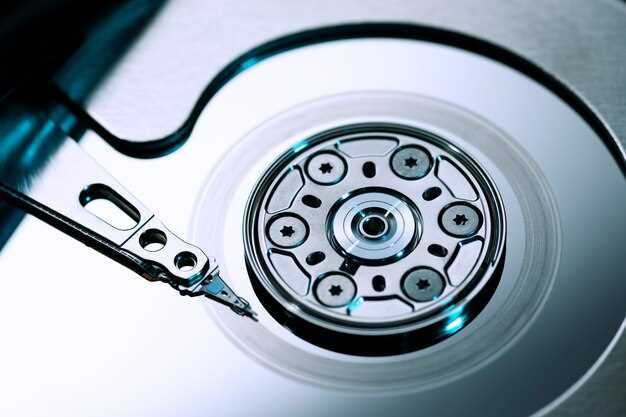
How Often to Replace Rotors and Drums
- Arthur Rodriquez
- 0
- Posted on

Maintaining the braking system is crucial for the safety and performance of any vehicle. The brake rotors and drums play a pivotal role in this system, as they are responsible for dissipating heat and enabling effective stopping power. Understanding how often to replace these components can help ensure optimal function and enhance overall road safety.
Brake rotors, typically made from cast iron or carbon-composite materials, can wear down over time due to friction, heat, and the corrosive environment they operate in. Regular inspections are essential, but a general rule of thumb is to replace brake rotors every 50,000 miles, although driving habits and conditions may necessitate changes to this frequency. In contrast, brake drums, which are often found in older vehicles or specific axle applications, may have a different lifespan. These should also be evaluated regularly to prevent brake failure and ensure a smooth driving experience.
Factors such as driving style, load weight, and the environment are significant influencers on the lifespan of brake components. Frequent hard braking or driving in hilly terrain can accelerate wear, making it imperative for drivers to stay vigilant and address any signs of degradation promptly. By understanding the wear indicators and adhering to a maintenance schedule, you can prolong the life of your brake rotors and drums while ensuring safe and reliable vehicle operation.
Signs That Indicate It’s Time to Replace Brake Rotors

One of the most noticeable signs that your brake rotors need replacement is vibration in the steering wheel or brake pedal when applying the brakes. This uneven surface can cause instability and indicates that the rotors may be warped.
A squeaking or grinding noise during braking is another critical indicator. If you hear persistent sounds, it often means that the brake pads have worn down significantly and may be making contact with the rotors, potentially damaging them.
Visual inspection can also reveal if rotors need to be replaced. Look for deep grooves, cracks, or rust on the rotor surface. These physical defects can compromise braking efficiency and safety.
If you notice a decrease in braking performance, such as longer stopping distances or a soft brake pedal feel, it may suggest that the rotors are wearing out. This condition can pose serious safety risks and should be addressed immediately.
Lastly, if your vehicle has an onboard system that alerts you to brake issues, pay attention to these warnings. Dashboard indicators can provide early signs that your brake components, including rotors, require attention.
Factors Affecting the Lifespan of Brake Drums

The lifespan of brake drums is influenced by several key factors that can significantly affect their wear and performance. Understanding these factors can help vehicle owners make informed decisions regarding maintenance and replacements.
One of the primary factors is driving habits. Aggressive braking, frequent city driving, and heavy load conditions can lead to increased friction and heat, which may accelerate wear on the drums. In contrast, smooth driving and highway travel often result in less brake engagement, extending the life of the components.
Another important aspect is the quality of materials used in manufacturing the brake drums. Higher-quality drums are typically made from better materials that resist warping and cracking, while cheaper alternatives may degrade more quickly. Investing in reputable brands can lead to improved durability and performance.
Brake adjustment also plays a crucial role. Properly adjusted brake systems ensure even wear on the drums and pads, preventing premature failure. Conversely, if the brakes are out of alignment, certain areas of the drums may bear more load, leading to uneven wear and potential damage.
Environmental conditions cannot be overlooked either. Driving in wet, snowy, or gritty environments can expose brake drums to corrosive elements, which can diminish their lifespan. Regular inspections and cleaning can mitigate these effects and enhance durability.
Finally, routine maintenance, including timely inspection and replacement of brake pads and rotors, is essential. Worn pads can lead to metal-to-metal contact with the drums, causing significant damage and necessitating early replacement. Keeping up with maintenance schedules can greatly extend the functional life of brake drums.
Recommended Replacement Intervals for Different Vehicles
Understanding the replacement intervals for brake rotors and drums is essential for vehicle safety and performance. Different types of vehicles experience varying wear and tear based on their design, usage, and driving conditions.
For passenger cars, brake rotors typically need replacement every 30,000 to 70,000 miles. This range depends on factors like driving habits, brake quality, and the environment in which the vehicle operates. Sedans usually require replacements at the lower end of the scale, especially in urban settings with frequent stop-and-go traffic.
SUVs and light trucks generally have a longer lifespan for their brake components, with rotors often needing replacement every 50,000 to 80,000 miles. These vehicles can carry heavier loads, affecting how brakes wear over time. Those frequently used for towing or off-road driving may experience more rapid wear and should be monitored closely.
Pickup trucks, particularly those used for heavy-duty functions, may require brake rotor replacements every 40,000 to 70,000 miles. The brake drums on these vehicles might need replacement more often due to the additional stress and load they endure during operation.
Classic and older vehicles can vary significantly in their maintenance schedules. Owners should consult specific manufacturer guidelines, but a general recommendation would be to replace brake components every 30,000 to 60,000 miles. The materials used in older designs may wear differently compared to modern vehicles.
Lastly, performance vehicles often require more frequent replacements, with brake rotors needing attention every 20,000 to 40,000 miles. The higher speeds and aggressive driving styles typical of these vehicles lead to increased brake wear. Regular inspections are advised to maintain optimal safety.
Regardless of vehicle type, it’s crucial to monitor the condition of both rotors and drums regularly. Unusual noises, vibrations, and diminished stopping power can indicate that replacements are necessary sooner than suggested intervals.